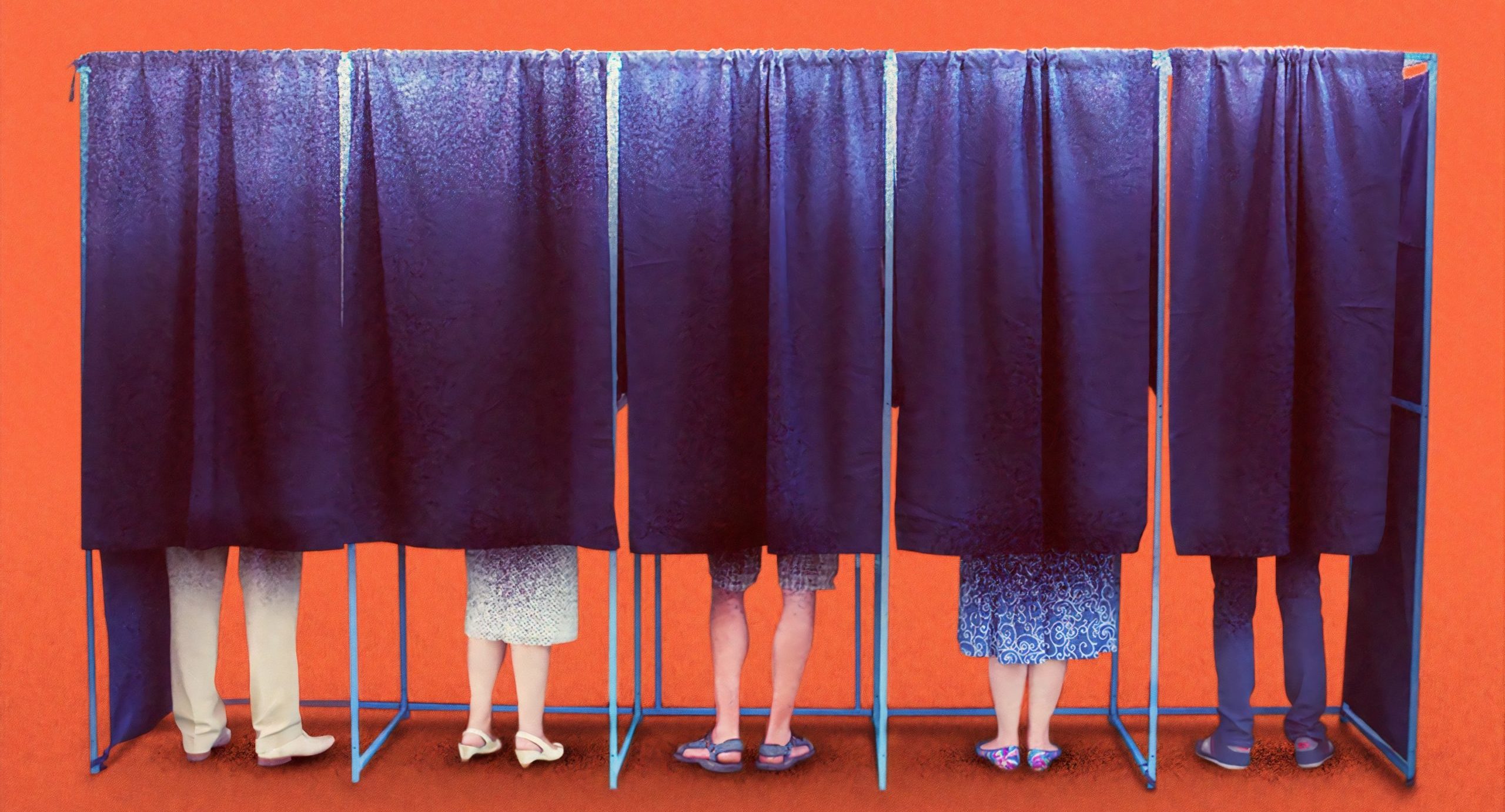
Rob Go
As summer moves into fall there is always a surge in new investment activity. This year will likely be even more pronounced since many companies delayed seeking funding during the beginning of the pandemic, and are now thinking about approaching investors. During this time, founders are often confused about the opaque world of decision-making within VC firms. I thought I’d share a piece of NextView’s decision-making criteria – our voting system.
VC’s tend to have a few different philosophies when it comes to decision-making. The challenge in a nutshell is that we are in the outlier business. Because of that, you need a system that allows for outliers to get through while still thinking rigorously as a team. You also need a system that preserves team harmony both during the decision-making process and after the investments are made.
We considered a few different models, but each had their flaws. A consensus driven model would lead to too much group think and not enough risk. A rules-based model (eg: you need 2 yes’ for a check under $500K, 3 yes’ for $500K+ etc) didn’t fit with our ethos. Ultimately, we landed at what I would call a conviction-based model with collective ownership. Here how it works.
When we vote on an investment, we rate opportunities on a 4-point scale:
- I love it. If you don’t lead this investment, I will
- I like it. I agree that you should lead this investment.
- I support you.
- High-conviction veto / off strategy
The 3/I support you vote is a “no”. But the language of “I support you” is a promise that if we do make the investment, we support the company and the lead partner as though we were a 1 or 2 vote. An investment can get through even if there are 3 “I support you” votes among the partners. But whoever is leading the investment definitely knows that they are going out on a limb by pushing the deal through.
The 4 vote is a high-conviction veto. We’ve only had 1 of these in our existence. This is essentially reserved for investments that are off strategy, like a large first check into a high-priced series B investment. Also, there may be some “no’s” where a partner really can’t say “I support you” in good faith.
We actually vote twice during a deal process. We do a “blink” vote very early on with limited data. The purpose of the blink is to be explicit about everyone’s POV early in the process so that there are no surprises at the end and so the lead partner can be focused with their time and diligence.
No process is perfect, but we’ve been pretty happy with this system and haven’t changed it meaningfully in at least 5 years. One of the things I really like is that there isn’t much political maneuvering to try to “get a deal through”. The system has led to pretty good truth seeking on the part of the lead partner, and we’ve had quite a few instances where there are three “I like it” votes but the lead decides not to pursue an investment on their own volition. On the other hand, some of our best investments have been ones that had several “I support you” votes but the lead partner had high conviction.
We also use a similar system for voting on follow-on investment decisions, but we require unanimous agreement to move forward. This is because at this point, we have already bought most of our ownership in a company and there should be fewer unknowns, so it’s less important to allow for an outlier opinion.
Personally, my main critique of this system is that one could be intellectually lazy and just cast an “I support you vote” every time. It does the job of testing your partner’s conviction around an investment while not standing in the way of a potential outlier. I found myself unintentionally doing this early on, especially in sectors that were unfamiliar to me or where I had negative (but relatively uninformed) bias. But we combat this by reviewing our voting trends regularly and calling out any such anomalies.
This system seems to have held up quite well during the pandemic. The two challenges of operating virtually are getting a full picture of a founder without meeting them in person and making sure everyone on our team is in synch about an opportunity we are considering. We’ve addressed the latter by increasing the frequency of scheduled team meetings (from 1/week to 3+). This isn’t the most efficient, but allows us to over-share a little knowing that if we don’t make extra space in our scheduled it will be easy to devolve into a group of individuals pursuing deals independently.
It takes a long time to know the real results of a VC decision-making process. It’s possible to do everything right and still get mediocre outcomes, and it’s possible to have the wrong process and still get great outcomes. I think the real test is in the quality of the deal discussions and the ability to make decisions quickly and harmoniously. I’m grateful that both of these have been true for us for quite a long time.

